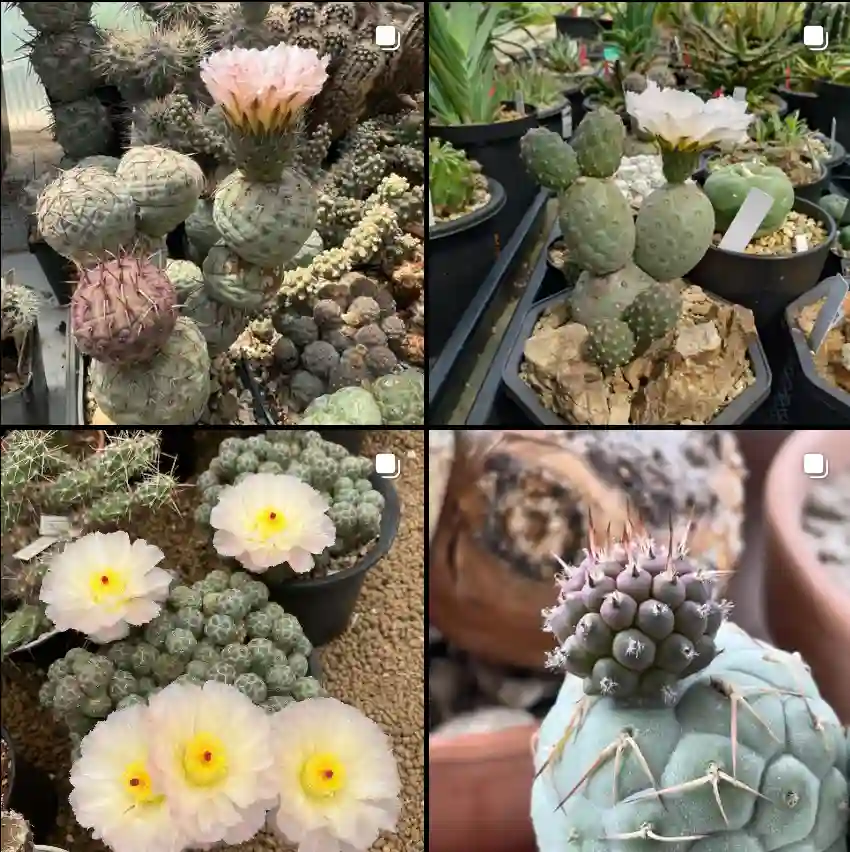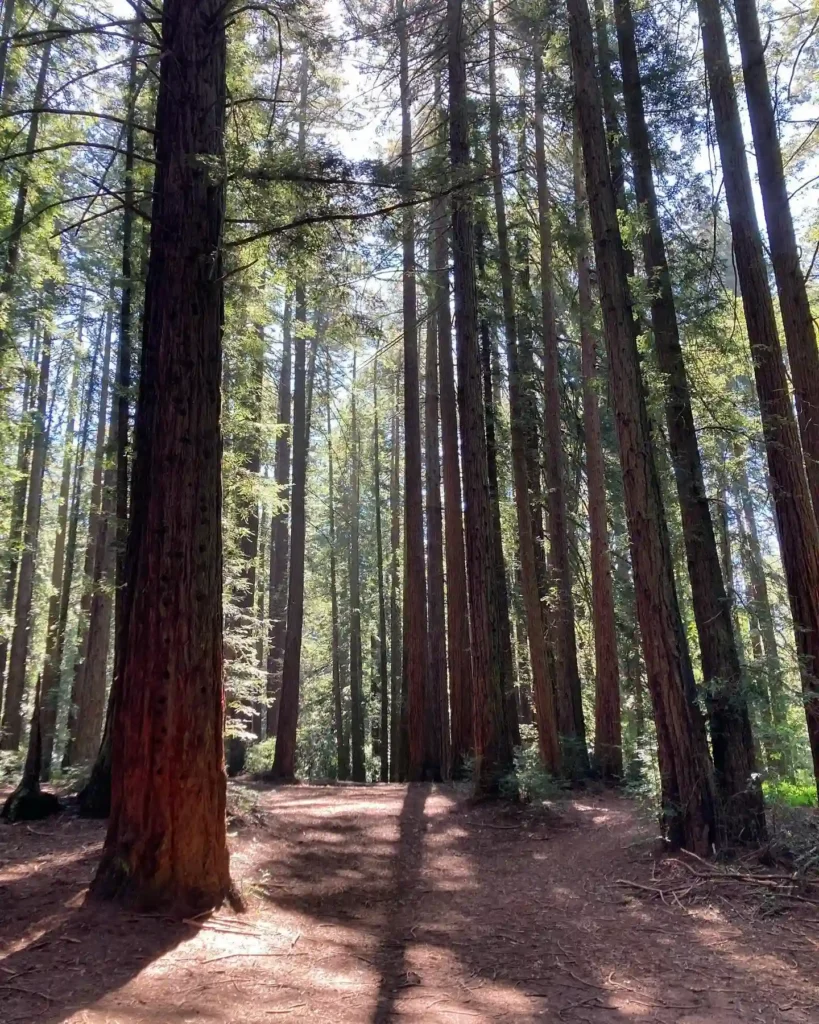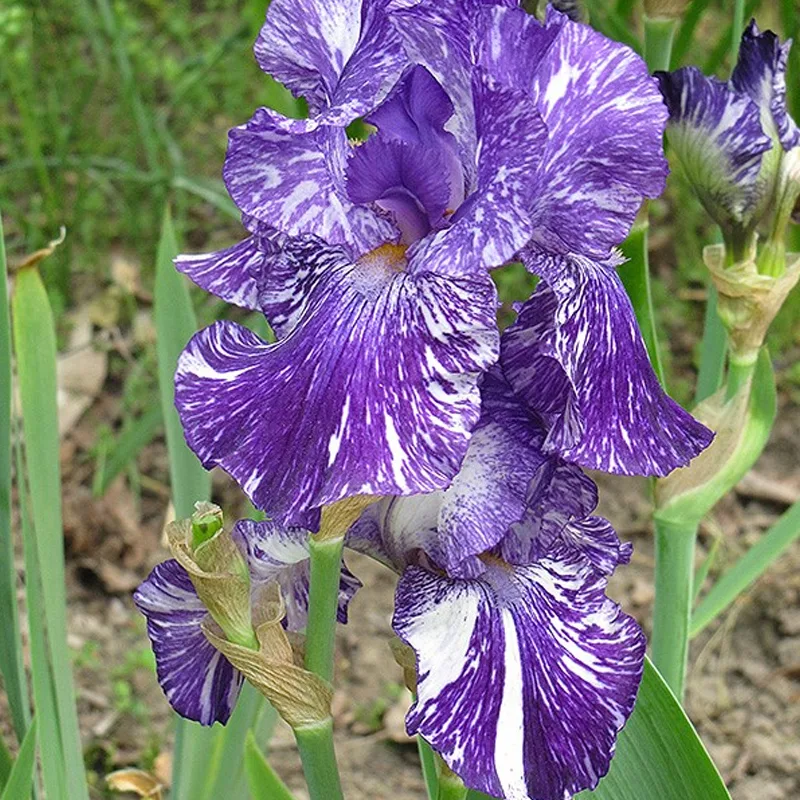
October 29 – Araucaria
"Araucaria, the monkey puzzle tree, defines October 29."
Araucaria symbolizes mystery and endurance. You captivate others with your enigmatic charm and strength. Like its ancient beauty, you are timeless.
The Majesty of Araucaria: A Personal Reflection
My name is Ferb Vu, and I’ve always been drawn to the unique and the ancient. Perhaps that’s why I find myself so fascinated by the Araucaria genus. These aren’t your typical pines; they’re living relics, with a history stretching back to the Mesozoic Era. Imagine, these trees stood tall amongst dinosaurs! Their distinctive appearance, with those whorled branches and sharp, often overlapping leaves, makes them instantly recognizable. They have a presence, a certain gravitas, that demands attention.
I first encountered an Araucaria in a botanical garden in Sydney. It was a towering Norfolk Island Pine (Araucaria heterophylla), its branches reaching out like symmetrical tiers of a green pagoda. The sunlight filtering through those dense leaves created a mesmerizing pattern on the ground. I was captivated. I spent the better part of an afternoon just observing it, sketching its form in my notebook, and marveling at its resilience.
Since then, I’ve made it a point to learn more about these incredible trees. Did you know that Araucaria are conifers, related to pines and firs, but belong to a completely separate family, Araucariaceae? They’re what botanists call “living fossils,” meaning they’ve survived relatively unchanged for millions of years. Today, they’re mostly confined to the Southern Hemisphere, with hotspots of diversity in New Caledonia, Australia, and South America.
A Diverse Family Tree
The genus Araucaria boasts around 20 recognized species, each with its own unique characteristics and story to tell. Here are:
- Monkey Puzzle Tree (Araucaria araucana): Perhaps the most famous of them all, the Monkey Puzzle is native to Chile and Argentina. Its triangular leaves are so sharp and densely arranged that it’s said even a monkey would struggle to climb it.
- Norfolk Island Pine (Araucaria heterophylla): As I mentioned, this was my first introduction to the genus. It’s endemic to Norfolk Island, a tiny island in the Pacific Ocean. Its symmetrical shape and tolerance for coastal conditions make it a popular ornamental tree worldwide. Plant FAQs: Norfolk Island Pine – Araucaria Heterophylla
- Bunya Pine (Araucaria bidwillii): Native to Queensland, Australia, the Bunya Pine is known for its large, edible seeds, which were a significant food source for Aboriginal Australians.
- Cook Pine (Araucaria columnaris): Endemic to New Caledonia, the Cook Pine is easily recognized by its tall, narrow, columnar shape, reminiscent of Italian Cypress trees. Plant FAQs: Araucaria Columnaris
- Parana Pine (Araucaria angustifolia): This species, native to southern Brazil, is sadly threatened due to habitat loss. It’s an important timber tree and has cultural significance for indigenous communities.
- Araucaria bernieri J.Buchholz
- Araucaria biramulata J.Buchholz
- Araucaria cunninghamii Mudie Plant FAQs: Araucaria Cunninghamii – Hoop Pine
- Araucaria goroensis R.R.Mill & Ruhsam
- Araucaria humboldtensis J.Buchholz
- Araucaria hunsteinii K.Schum.
- Araucaria laubenfelsii Corbasson
- Araucaria luxurians (Brongn. & Gris) de Laub.
- Araucaria montana Brongn. & Gris
- Araucaria muelleri (Carrière) Brongn. & Gris
- Araucaria nemorosa de Laub.
- Araucaria rulei F.Muell.
- Araucaria schmidii de Laub.
- Araucaria scopulorum de Laub.
- Araucaria subulata Vieill.
More than just beauty
What strikes me most about Araucaria is their resilience. They’ve weathered climate change, continental drift, and even the rise and fall of dinosaurs. Yet, today, many species are facing their biggest threat yet – human activity. Deforestation, habitat fragmentation, and the introduction of invasive species are all taking a toll.
It’s a reminder that even the most ancient and majestic beings are vulnerable. We have a responsibility to protect these living treasures, not just for their beauty, but for their ecological importance and their place in our planet’s history. By understanding and appreciating these trees, we can help ensure their survival for generations to come.
I, for one, will continue to seek out these magnificent trees, to learn their stories, and to advocate for their protection. They are a link to our planet’s past, a symbol of resilience, and a source of endless fascination.
If i die, water my plants!



